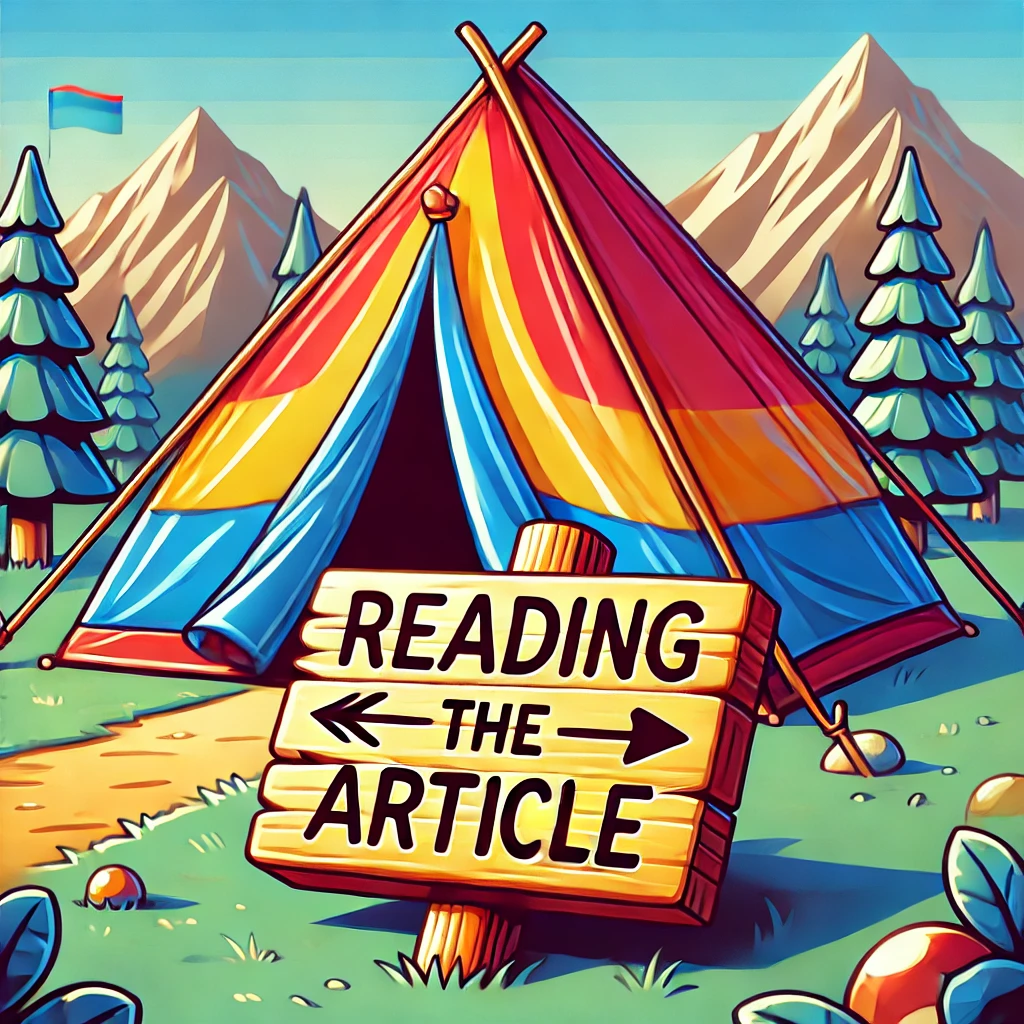As times have changed for Outside Supply, LLC , so must its business. So with these changes this webpage may contain affiliate links. If you use these links to buy something we may earn a commission. Thanks.
Photography Guide
Photography Tips Best Equipment Best Locations Photography Laws Photography Safety
The Best Camera Settings for Star Photography in Joshua Tree National Park
Published on: February 22, 2025
The Best Camera Settings for Star Photography in Joshua Tree National Park
Introduction
Photography in national parks offers a unique opportunity to capture stunning landscapes, wildlife, and breathtaking scenery. This guide explores the best techniques, gear, and settings to help you get incredible photos in national parks.
Choosing the Right Equipment
Camera Body
A full-frame DSLR or mirrorless camera is the best choice for high-quality shots. If traveling light, a high-end smartphone can also capture incredible images.
Lenses
- Wide-angle lens (14-24mm): Perfect for landscapes.
- Telephoto lens (100-400mm): Ideal for wildlife photography.
- Macro lens (50mm-100mm): For capturing small details.
Essential Accessories
- Tripod: Ensures stability for long exposure and low-light shots.
- Polarizing Filter: Reduces glare and enhances color contrast.
- Remote Shutter Release: Helps eliminate camera shake.
Best Camera Settings
Shooting in Manual Mode
To get full control over exposure, use manual mode:
- Aperture: f/8 to f/16 for landscapes, f/2.8 for wildlife.
- Shutter Speed: Fast (1/1000s) for wildlife, slow (2s-30s) for long exposure.
- ISO: Keep it as low as possible (ISO 100-400) to reduce noise.
Using RAW Format
Always shoot in RAW format to allow greater flexibility in post-processing.
Composition Techniques
Rule of Thirds
Position key subjects along the grid lines for a well-balanced photo.
Leading Lines
Use natural elements like trails, rivers, and roads to guide the viewer’s eye through the image.
Foreground Interest
Include rocks, trees, or flowers in the foreground to create depth and dimension.
Lighting Considerations
Golden Hour
The best time to shoot is during sunrise and sunset, when light is softer and colors are more vibrant.
Avoiding Harsh Midday Sun
If shooting at midday, use a polarizing filter to cut glare and deepen blue skies.
Location-Specific Tips for [‘Joshua’, ‘Tree’, ‘National’, ‘Park’]
- Scout Locations in Advance: Use online maps and trail guides to find the best vantage points.
- Check the Weather: Cloud cover, rain, or fog can dramatically change the mood of your photo.
- Respect Wildlife: Keep a safe distance when photographing animals.
Post-Processing and Editing
Basic Adjustments
Use Lightroom or Photoshop to enhance exposure, contrast, and sharpness.
Advanced Techniques
- Focus Stacking: Useful for macro photography to increase depth of field.
- HDR Blending: Merges multiple exposures to capture details in shadows and highlights.
Final Considerations
Before photographing in [‘Joshua’, ‘Tree’, ‘National’, ‘Park’], always check for permission requirements and park regulations. Some locations have restrictions on professional photography, drones, or filming equipment.
Additionally, personal safety should always be a priority. Be aware of your surroundings, respect wildlife, and follow all national park safety guidelines.
